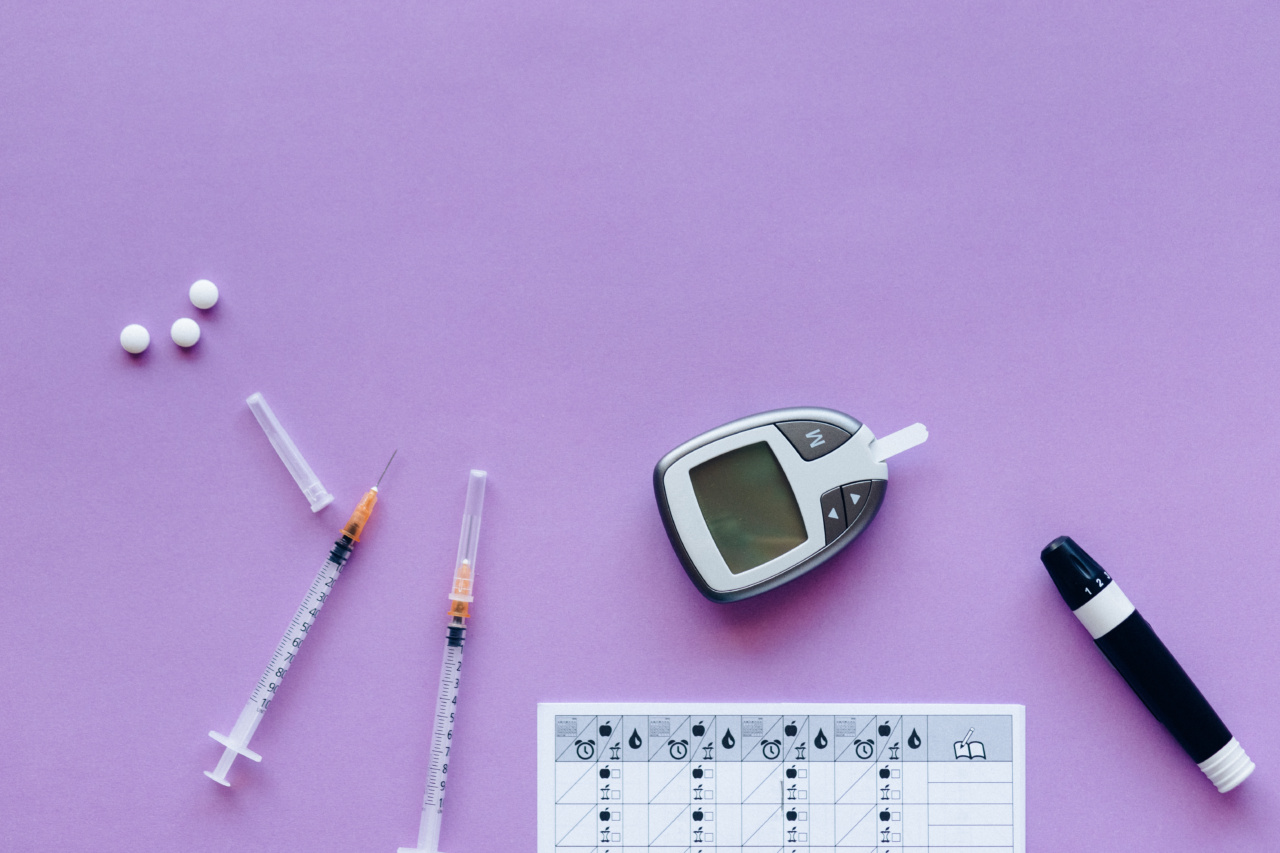In recent years, fasting has gained recognition as an effective strategy for managing various health conditions, including diabetes and high uric acid levels.
Numerous studies have highlighted the potential benefits of incorporating fasting into the treatment plan for these conditions. By understanding the role of fasting and its effects on the body, individuals may be able to effectively manage their diabetes and high uric acid levels.
The Science behind Fasting
Fasting refers to the practice of abstaining from food for a specific period. It has been practiced for centuries, not only for religious and spiritual purposes but also for its potential health benefits.
During fasting, the body undergoes several changes, including alterations in hormonal levels and cellular repair processes.
One of the primary mechanisms through which fasting exerts its effects is by promoting a state of ketosis. Ketosis occurs when the body switches its primary energy source from carbohydrates to fats.
In this state, the liver produces ketones, molecules that act as an alternative fuel source for the brain and body.
Fasting has been found to improve insulin sensitivity, reduce inflammation, promote weight loss, and support overall metabolic health. These effects make it an attractive option for individuals with diabetes and high uric acid levels.
Fasting and Diabetes
Diabetes is a chronic condition characterized by the body’s inability to effectively regulate blood sugar levels. Fasting has shown promising results in improving glycemic control and reducing the risk of complications associated with diabetes.
A study published in the journal “Cell Metabolism” found that periodic fasting can promote the regeneration of pancreatic cells, which are responsible for producing insulin. Insulin is a hormone that helps regulate blood sugar levels.
By enhancing the production of insulin, fasting may help individuals with diabetes maintain better control over their blood sugar levels.
In addition to its effects on insulin production, fasting has been shown to improve insulin sensitivity in various tissues.
This means that cells become more receptive to the effects of insulin, allowing for better utilization of glucose from the bloodstream and improved glycemic control.
Furthermore, fasting can aid in weight loss, which is often a crucial aspect of diabetes management. Excess weight can contribute to insulin resistance, a condition in which cells do not respond efficiently to insulin.
By promoting weight loss, fasting can help alleviate insulin resistance and improve blood sugar control.
Fasting and High Uric Acid
High uric acid levels, known as hyperuricemia, can lead to the development of gout, a form of arthritis characterized by severe joint pain and inflammation.
Fasting has been found to have potential benefits for individuals with high uric acid levels and gout.
A study published in the journal “Arthritis & Rheumatology” investigated the effects of fasting on uric acid levels in individuals with gout. The study participants underwent a 16-hour fast daily for one month.
The results showed a significant reduction in uric acid levels, suggesting that fasting may help lower uric acid levels and potentially prevent gout attacks.
In addition to reducing uric acid levels, fasting can also contribute to weight loss, which is particularly beneficial for individuals with gout. Being overweight or obese increases the risk of developing gout and exacerbating its symptoms.
By promoting weight loss, fasting can reduce the burden on joints and help alleviate the pain associated with gout.
Fasting Methods and Considerations
There are different fasting methods individuals can consider when incorporating fasting into their treatment plans for diabetes and high uric acid levels. Some common methods include:.
1. Intermittent Fasting
Intermittent fasting involves alternating periods of fasting and eating. The most popular method is the 16/8 protocol, where individuals fast for 16 hours and have an 8-hour eating window each day.
2. Time-Restricted Eating
Similar to intermittent fasting, time-restricted eating involves restricting the daily eating window. However, the fasting period may not be as long as in other fasting methods.
For example, individuals may choose to fast for 14 hours and have a 10-hour eating window.
3. Prolonged Fasting
Prolonged fasting refers to extended periods of fasting that range from 24 hours to several days. It is essential to consult with a healthcare professional before attempting prolonged fasting, as it may not be suitable for everyone.
While fasting can offer potential benefits for managing diabetes and high uric acid levels, it is crucial to approach it with care and consideration.
Individuals with diabetes or other underlying health conditions should consult their healthcare provider before incorporating fasting into their treatment plans.
Conclusion
Fasting has emerged as a promising strategy for managing diabetes and high uric acid levels. Its potential benefits include improved insulin sensitivity, reduced inflammation, weight loss, and lower uric acid levels.
However, it is important to approach fasting with caution and consult a healthcare professional before making any significant dietary changes. With proper guidance and supervision, fasting can be a valuable tool in the treatment plan for diabetes and high uric acid.



























